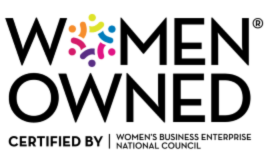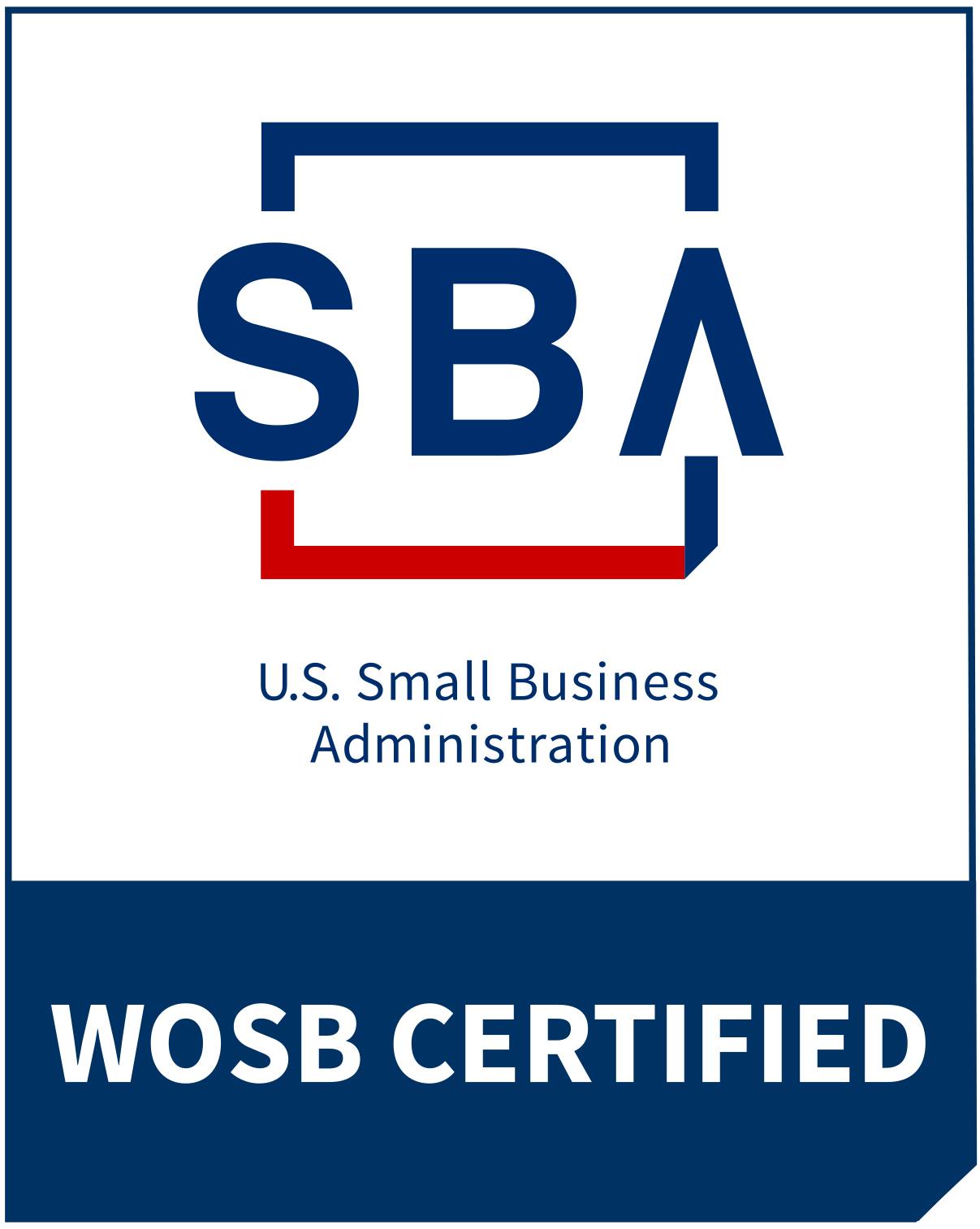Profit ≠ Cash: Why the P&L Falls Short
Profit ≠ Cash: Why the P&L Falls Short
The P&L is just one piece of the puzzle. If you’re making decisions based on that alone, you might be missing key insights about cash flow, debt, and stability. Here’s how to use your full financial system to make smarter, more sustainable decisions.
It’s common to hear business owners say, “I review my Profit and Loss every month. I know how the business is doing.”
It’s a good practice—and it’s only part of the picture.
The Profit and Loss (P&L) statement—also known as the income statement—tracks revenue, expenses, and net profit over a period of time. It’s useful, yes. But depending on it alone to guide decisions can lead to unnecessary stress, missed risks, and overconfidence in numbers that don’t reflect your business’s full financial health.
Let’s walk through why the P&L is incomplete on its own—and what it takes to truly understand your numbers.
What the P&L Shows—and What It Doesn’t
A Profit and Loss statement gives a view of performance. It shows:
Revenue earned
Expenses incurred
Profit (or loss) over a specific timeframe
But it doesn’t show:
Actual cash on hand
Upcoming financial obligations
Long-term financial trends
Resource drain points or inefficiencies
It’s a snapshot. Not a system.
Profitable but Struggling? Here's Why
Imagine this situation: A business’s P&L shows $60K in revenue and $15K in net profit for the month. It looks like a strong result. But the bank account says otherwise—cash is low, upcoming vendor payments are pending, and payroll is around the corner.
So what’s the disconnect?
It could be one (or more) of these:
Outstanding receivables: Revenue is recorded, but payments haven’t arrived
Upfront project costs: Money was spent to fulfill the work before the client paid
Loan payments: Debt repayment reduces cash but doesn’t show up as an expense on the P&L
Profit looks good on paper. But operationally, the business is under pressure.
Balance Sheet = The Missing Link
The balance sheet reveals the company’s position—assets, liabilities, and equity. It complements the P&L by showing how stable the business really is.
It can reveal questions like:
Is profit tied up in accounts receivable?
Is the company taking on debt to cover expenses?
Are cash reserves being maintained or drawn down?
These don’t show up on the P&L. But they absolutely impact business health and decision-making.
When Growing Revenue Masks Growing Risk
Consider this: A business increases revenue month over month, with a P&L that shows steady profit. But behind the scenes, the business is using credit lines to fund operations, cash flow is inconsistent, and tax obligations are accumulating.
It’s a version of growth that isn’t sustainable.
That kind of financial pattern isn’t unusual. It’s one reason reviewing only the P&L can mask deeper challenges.
Stop Looking at Your Numbers in Silos
Looking at financial statements separately is like checking your heart rate without knowing your blood pressure or oxygen levels. They work together. They give context.
Here’s how the full picture looks:
Profit and Loss Statement → Measures short-term performance
Balance Sheet → Reflects long-term stability
Cash Flow Statement → Shows cash movement and availability
Operational Metrics → Reveal efficiency and capacity
When all four are viewed together—with consistency and clear systems—they support sound decision-making and long-term clarity.
5 Clues You’re Too P&L-Focused
- Your business looks profitable, but cash always feels tight
- Tax payments or debt obligations catch you off guard
- You’re unsure what your business is truly worth
- Growth is happening, but it feels overwhelming
- You hesitate to make financial decisions because something feels unclear
If any of these feel familiar, it’s a signal that your financial system may need strengthening—beyond what your P&L alone can offer.
Turn Profit into a System, Not Just a Report
A P&L is a result—it reflects past activity. But sustainable financial leadership requires:
Reliable bookkeeping
Forward-looking cash flow projections
Clear understanding of liabilities and obligations
Systems that tie financials to operational decisions
This is the core of systems thinking applied to finance: building clarity that supports both daily operations and strategic growth.
|
Want more grounded insights like this?
Follow me on LinkedIn for weekly tips or join my email list here to get early updates on my upcoming book and free tools to help you stop growing broke and start scaling smart.
Related Posts

Stop Trying to Be More Productive





